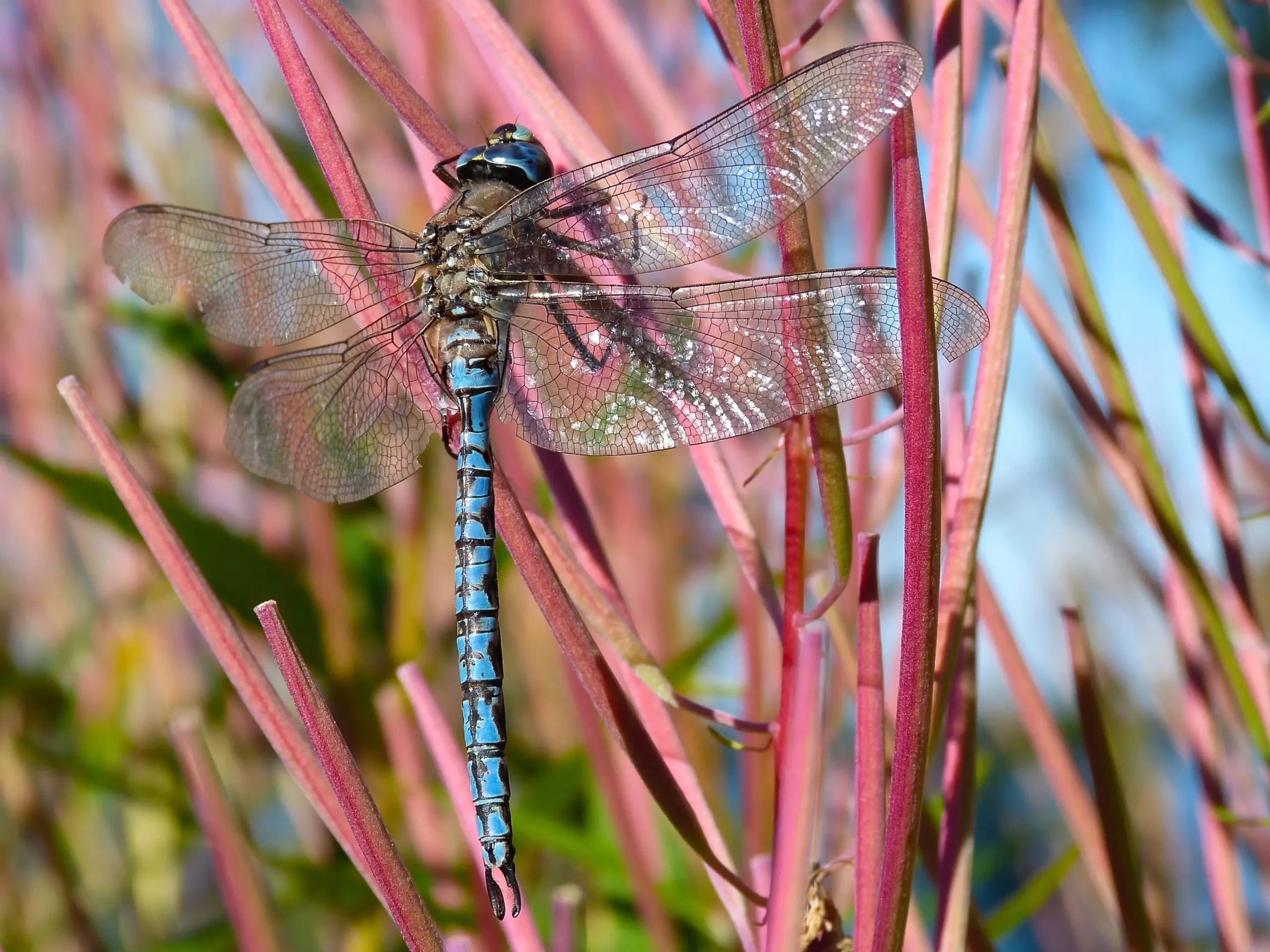Mercury pollution looms as an enigmatic threat to both ecological systems and human health, yet its pathways remain convoluted and poorly understood. The recent study conducted by a coalition of scientists from the U.S. Geological Survey, National Park Service, and community volunteers presents a groundbreaking approach, revealing distinct mercury deposition methods depending on local ecosystems. This research indicates that the process of mercury entry into environments is neither uniform nor simple; instead, it is intricately tied to regional characteristics, including climate and vegetation.
The key findings indicate that in arid regions, rain and snow serve as the primary avenues for mercury deposition, whereas humid forested areas experience a different phenomenon—gases in the atmosphere condense and adhere to leaves, only to be introduced to the soil upon their progression to the ground. This underscores the need for location-specific assessments when analyzing contamination levels, as management strategies may need to be tailored differently for each environment.
The Role of Dragonflies: Nature’s Bioindicators
One of the most innovative aspects of this study is its reliance on dragonfly larvae as bioindicators for mercury presence. Traditionally, fish and birds have been the primary focus of mercury monitoring efforts. However, dragonflies exhibit qualities that make them more advantageous for this research. Found across nearly all aquatic habitats—including those often overlooked like deserts—their larvae serve as accurate indicators of mercury levels in diverse ecosystems.
The Dragonfly Mercury Project, in which citizen scientists participated, collected samples from over 750 sites across 150 National Parks. This Not only contributed to significant data collection, but also empowered the public to engage directly with environmental science. By employing cutting-edge analytical technologies that distinguish variations in mercury fingerprints, scientists can now understand better how the toxic metal infiltrates ecosystems and accumulates in living organisms.
Public Engagement: The Power of Citizen Science
Another significant shift highlighted by this study is the role of public participation in scientific research. Engaging citizen scientists not only provides abundant data to researchers but also cultivates a conservation-minded community. The study emphasizes how the population can contribute to critical environmental monitoring while enjoying recreational activities in nature. This approach democratizes science, breaking down barriers that typically separate researchers from communities and amplifying public interest in ecological stewardship.
Sarah Janssen, the study’s lead author from the USGS, aptly captures the spirit of this collaborative effort, stating that these findings illuminate newfound methods for monitoring mercury. By using citizen participation, researchers can exponentially enhance both the quality and quantity of emergent data, ultimately leading to informed resource management decisions.
Global Relevance: Insights for International Policies
The implications of this research extend beyond the U.S. borders, providing invaluable insights into the global landscape regarding mercury pollution. Under the auspices of the Minamata Convention—a groundbreaking treaty designed to protect human health and ecosystems from mercury—the study’s findings could direct international methodologies for mercury management.
Additionally, the surprising discovery of elevated mercury levels in desert dragonflies fundamentally alters how we assess risk in arid environments, challenging long-held assumptions about the safety of these ecosystems. The potential risk in the driest terrains warrants an academic curiosity that could redefine conservation strategies worldwide.
Wrapping It Up: The Need for Continued Exploration
As researchers, policymakers, and communities reflect on these findings, it becomes evident that the complexity of mercury pollution requires a multifaceted understanding. This study opens up numerous avenues for exploration, elevating the necessity for further research on diverse ecosystems and their unique vulnerabilities to mercury contamination.
Through dragonflies, we discover a powerful metaphor for environmental resilience. They represent the intersection of human effort and ecological integrity. Engagement with citizen scientists reveals how collective action can breathe life into conservation efforts, driving genuine change toward safeguarding our planet’s health. The revelations from this study exemplify that innovation and collaboration can indeed forge a brighter, cleaner future for our global ecosystem.

